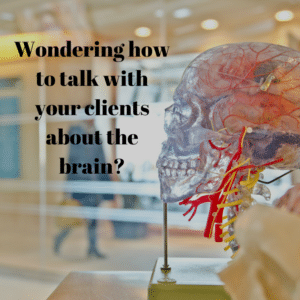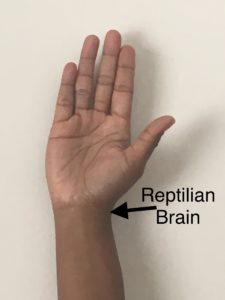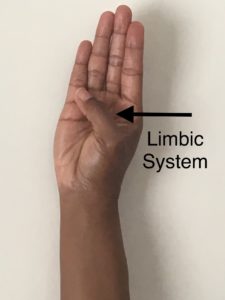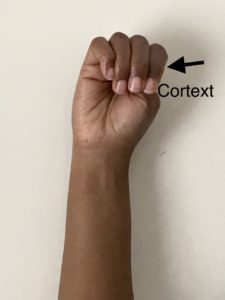Over the last decade, there has been an increased effort to help professionals across disciplines become trauma-informed. A part of becoming trauma-informed is understanding how the brain is impacted by trauma. As a therapist who specializes in trauma treatment, I believe it is important for me to understand the brain, but I also believe it is as important for me to help my clients understand the brain.

I earned a minor in psychology from undergraduate school. I completed the core psychology classes and I was fascinated by the brain. With the explosion of research in Neuroscience, it has reignited my passion for learning about the brain. The exciting work of Dr. Bruce Perry and Dr. Daniel Siegel, to mention a few, is groundbreaking and something I think trauma treatment therapist should be incorporating into their practice. Over the last couple of years, I learned how to integrate brain basics into my treatment and how to provide psychoeducation to my clients about the brain. I now explain these concepts to children and adult clients using simple language in a way they can understand.
The Two Models
The two models I find most helpful in talking about the brain and trauma are the Triune Brain Model founded by Dr. Paul D. MacLean and the Hand Model created by Dr. Daniel Siegel. Both can be kept simple, which makes it easy for therapists to explain and for clients to understand. I will share a basic overview of each below.
The Triune Brain
The Triune Brain Model breaks the brain down into three main parts. The Reptilian Brain also known as the as survival brain, which is responsible for automatic body functions and survival responses. The next part is the Limbic System also known as the feeling brain. This portion of the brain is where the hippocampus and amygdala reside. The amygdala is the alarm center of the brain. It is responsible for sounding the alarm in times of danger. The hippocampus is responsible for filing memories in the brain, but in times of danger, it stops filing memories and is responsible for pumping cortisol throughout the body. The last part of the Triune Brain Model is the Cortex also known as the thinking brain. This part of the brain is responsible for things such as language, making choices, and reasoning.
The Hand Mode
Using the hand, Dr. Siegel created a visual explanation of the Triune Brain Model.
The wrist area represents the reptilian brain.

Next, you have the limbic system and that is identified by folding the thumb into the palm.

Finally, you have the Cortex. This is identified by wrapping the four fingers over the thumb.

Taking the information from the Triune Brain Model and adding it to the Hand Model helps the client understand the parts of the brain and their functions. These two models give the client the basics and then as they share their story you can refer back to the models to help the client gain a deeper understanding of what is happening at the brain level. In my experience, it has helped my clients feel empowered by understanding the science behind their response and the treatment they are receiving. I would encourage you to start incorporating these two models in your practice today.
Freebies For You
As a freebie to you, I am providing a cheat sheet to assist you while explaining the brain to your clients (here). Also, let’s continue the conversation, so head over to our free online community. You can join here.
Comment below: What’s your greatest concern(s) when it comes to talking about the brain with your clients?

